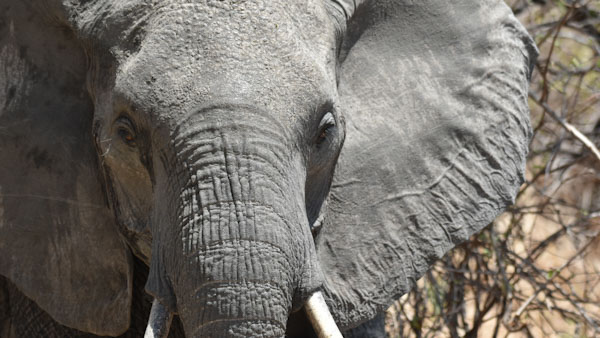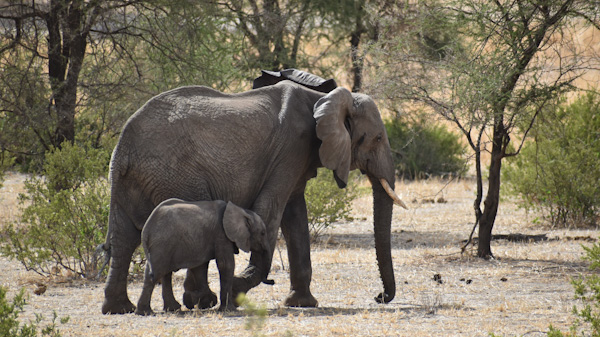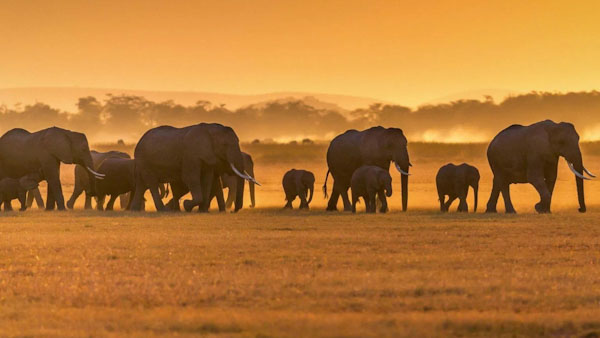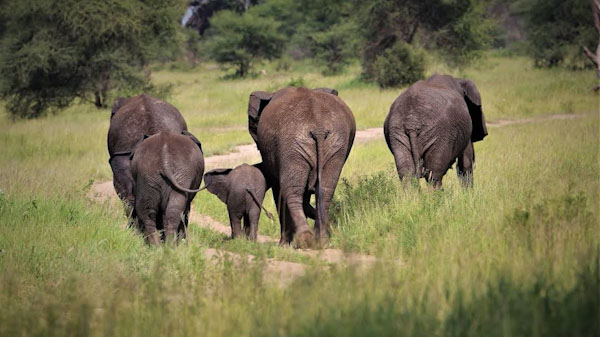Thick, Wrinkled, and full of Secrets -
The Wild World of Elephant Skin
Built for the Bush -
The Secret Superpowers of Elephant Skin
You’ve seen the trunk and the tusks – but wait until you learn what’s going on with the skin
Everyone knows elephants are huge. We admire their trunks, we marvel at their tusks – but very few people ever stop to think about their skin.
Which is wild, because elephant skin is not just thick or wrinkly – it’s a living, breathing wonder of nature.
If you’ve never stood just a few meters away from an elephant in the African wild – if you’ve never watched it coat itself in mud or felt the rough texture of its skin – you’re in for something unforgettable.
Here are 5 surprising, mind-blowing, and just plain cool facts about elephant skin that will make your next safari with Afrimine Tours even more meaningful.
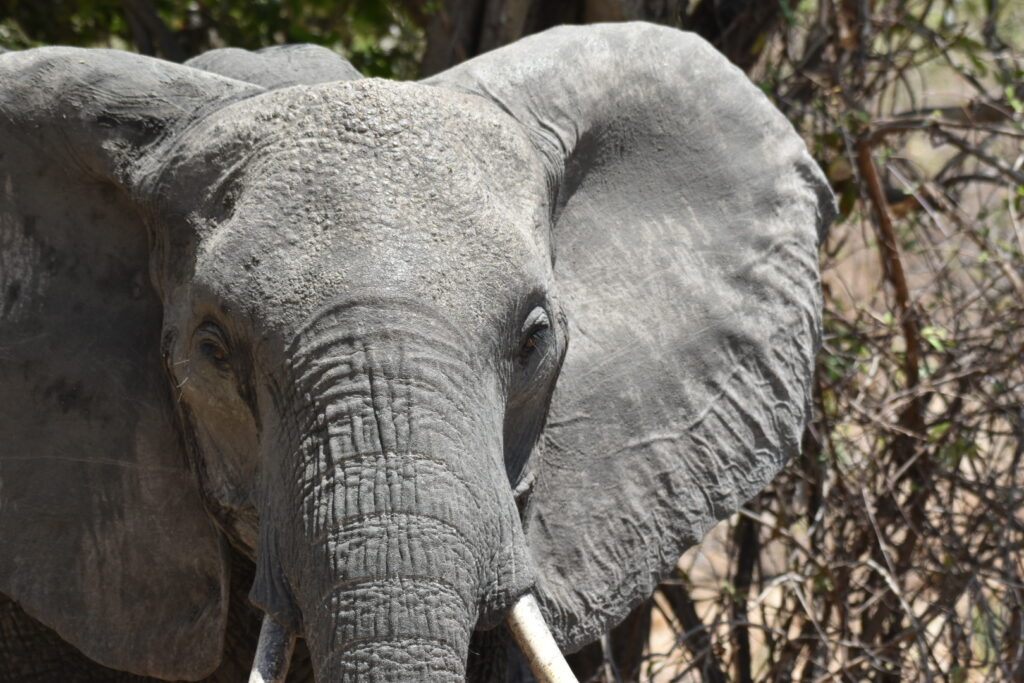
Elephant Skin Can Weigh Nearly a Ton
Yes, seriously. Up to 900 kilograms of skin wraps around that towering body—thick, folded, and creased like ancient tree bark.
It can be 2.5 cm thick in places, strong enough to survive thorn bushes, insect bites, and blazing African sun. It’s like nature’s armor… but there’s more going on beneath the surface.
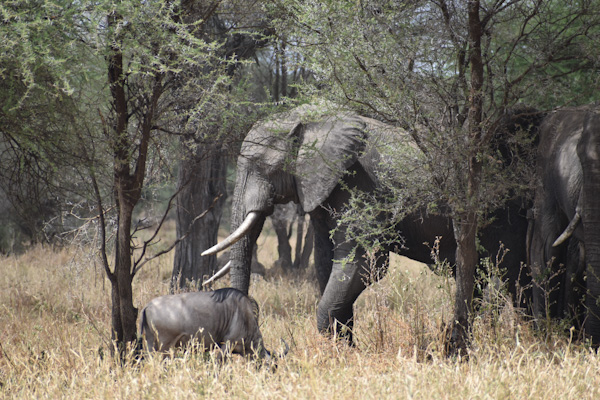
Elephant Skin Gets Sunburnt - So They Use Mud as Sunscreen
Despite its thickness, elephant skin is super sensitive. They can actually get sunburnt – especially babies.
So what do they do? They roll in mud, they dust themselves with soil, and sometimes an older elephant will stand over a young one to cast shade.
It’s not just adorable – it’s survival. And if you’re lucky enough to see this on safari, it’s pure magic.
Biting Insects - and even bees - can send Elephants running
Parts of elephant skin are incredibly delicate – like around the eyes, behind the ears, and along the trunk. So even something tiny like a bee sting really hurts.
In fact, elephants fear bees so much that conservationists now use beehive fences to keep them away from farms – an amazing solution that protects both elephants and people.
If you see an elephant flapping its ears or tossing dust – it’s not just being cute. It’s trying to protect its skin.
Elephants Don’t Sweat -
But Their Skin Keeps Them Cool
That’s right – no sweat glands. But don’t worry, elephants have evolved something better: their skin is covered in tiny cracks and grooves that trap moisture and mud.
After a splash in a pond or a good mud bath, they stay cool for hours. Scientists have even discovered that elephant skin becomes more heat-permeable in hot weather. No sweat, no problem.
Elephant Skin Is Inspiring Robots
Here’s something wild: researchers are studying how elephant skin moves along the trunk to design better robots.
The skin folds like a telescope or umbrella stem, giving the trunk incredible flexibility. If engineers crack the code, we could see a whole new generation of soft, intelligent machines – all inspired by elephants.
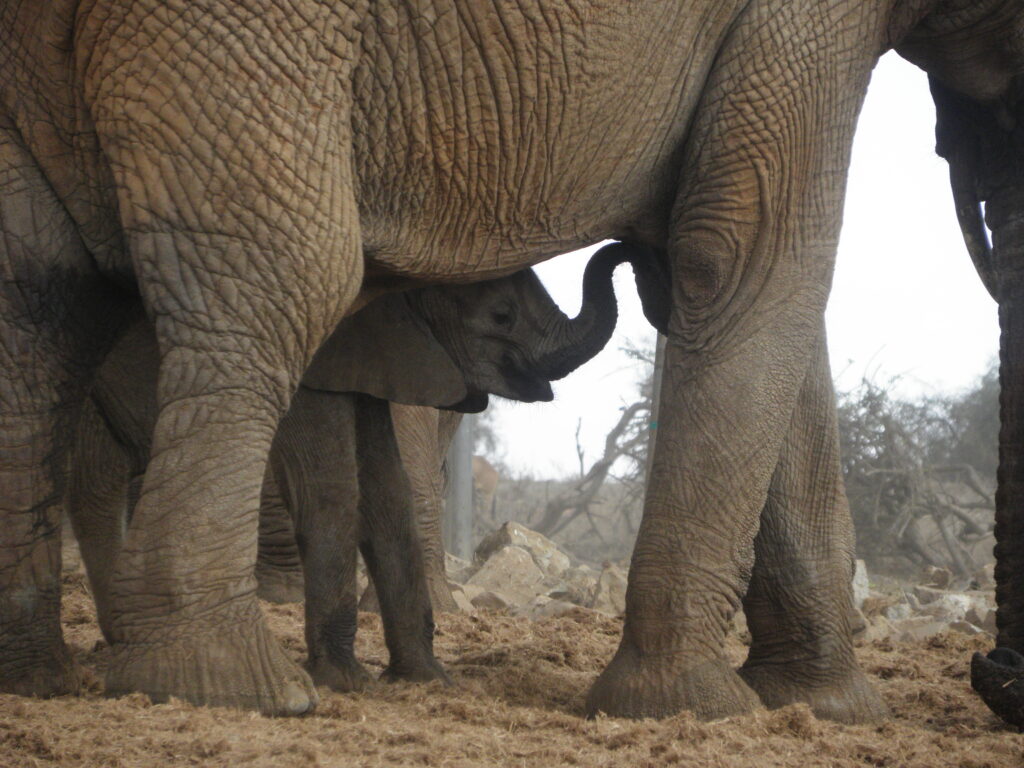
Want to See it for Yourself?
Reading about elephant skin is one thing. But seeing it shimmer with wet mud in the African sun, hearing it rustle as the animal brushes past a bush, and watching a baby nestle under its mother’s shadow – that’s something you’ll never forget.
With Afrimine Tours, you can witness wild elephants in some of Africa’s most breathtaking natural habitats, including:
Tarangire National Park
Best for: Large elephant herds and ancient baobab trees
Tarangire is famous for having one of the highest concentrations of elephants in Tanzania, especially during the dry season (June–October).
You might see hundreds of elephants gathered along the Tarangire River – families bathing, babies playing, or bulls challenging each other.
Serengeti National Park
Best for: Elephants in wide, open savannahs
Watching elephants move slowly through golden grass, against the backdrop of endless plains and acacia trees, is a truly iconic safari experience.
Ngorongoro Crater
Best for: Close-up elephant encounters in a unique setting
The Ngorongoro Crater is a natural wildlife paradise. You’ll often see bull elephants with enormous tusks, some of the largest in East Africa.
Because the crater is a closed ecosystem, sightings can be especially close and intimate. Perfect for photography!
Ruaha National Park
Best for: Wild, off-the-beaten-path elephant safaris
Remote and less crowded, Ruaha is Tanzania’s largest national park and home to massive elephant populations.
Nyerere National Park)
Best for: Boating safaris and elephants near water
One of Africa’s largest protected areas, this southern park offers boat safaris, where you might see elephants coming to the river’s edge.
When’s the Best Time to See Elephants in Tanzania?
Dry season (June–October): Best visibility and higher chances of large herds near water sources.
Green season (November–March): Fewer tourists, lush landscapes, and often great elephant sightings – especially mothers with calves.
Whether you’re tracking them on foot, watching them gather at a waterhole, or hearing them trumpet through the bush – you’ll never see elephants the same way again.
Ready to plan your elephant encounter?
Get in touch with Afrimine Tours. We’ll get you closer than you ever imagined – to the wild, to the wonder, and to the incredible skin of Africa’s gentle giants.
Collecting Afrimine Moments Together

